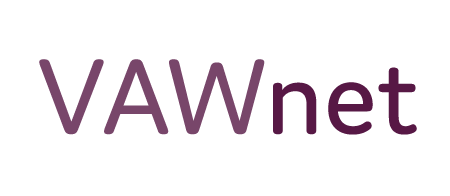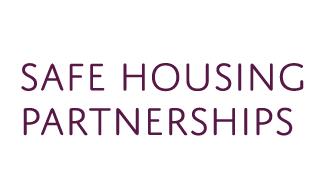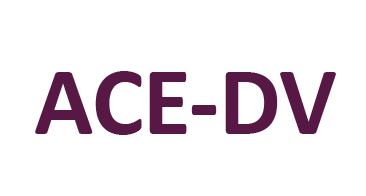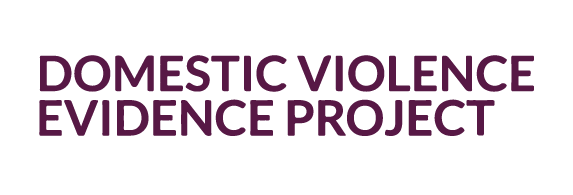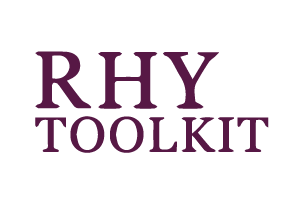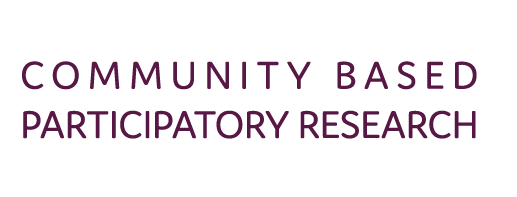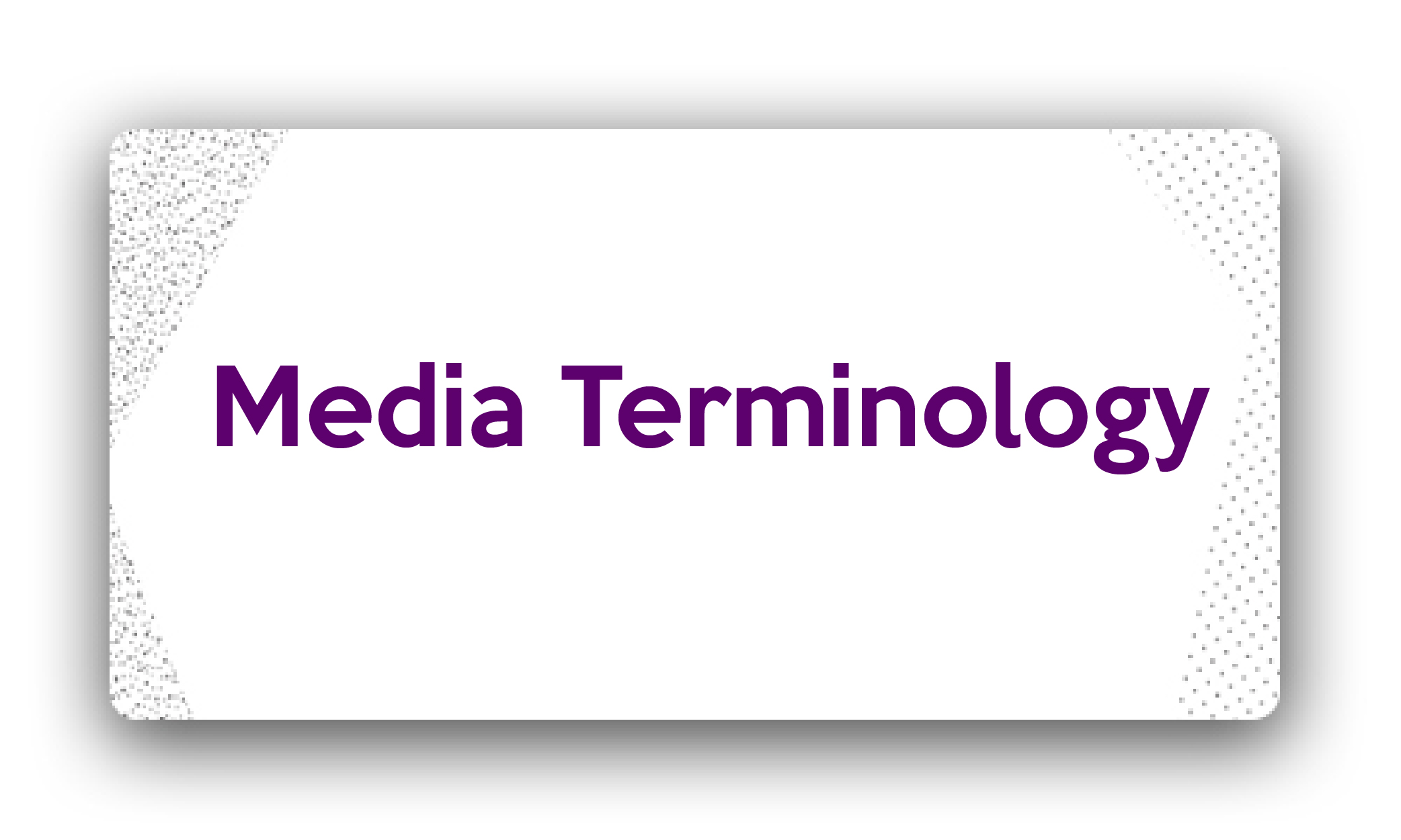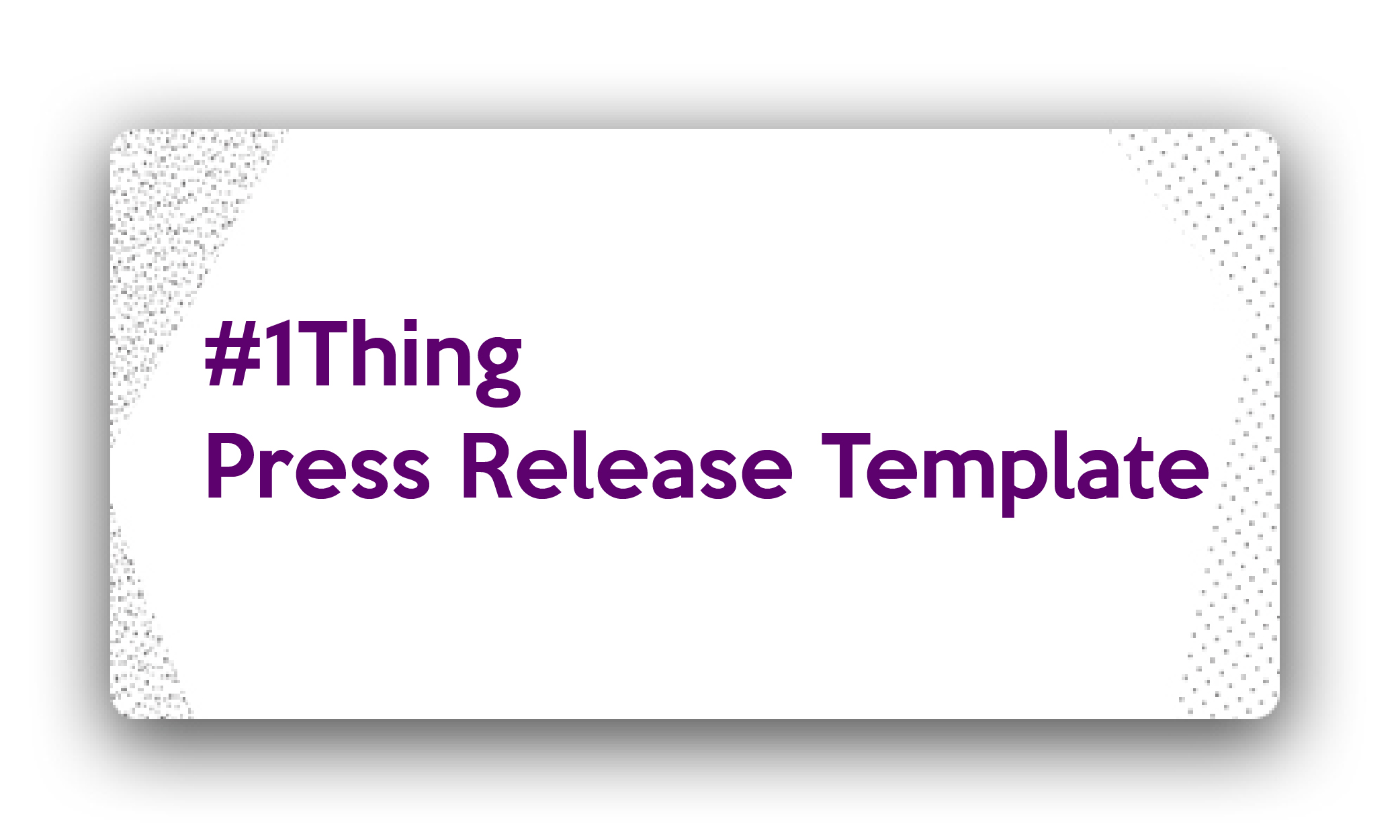The overwhelming majority of Americans (92%) use multiple platforms to access news on a typical day including national and local TV, the Internet, local newspapers, radio, and national newspapers. News media help shape public opinion and can focus public attention or increase public awareness on key issues of importance. Domestic Violence Awareness Month offers an opportunity to call attention to the complex and multifaceted issue of domestic violence through various media outlets.
Media coverage of the complex and multifaceted issue of domestic violence ranges from helpful to harmful. To successfully educate the public about domestic violence, encourage them to take action to prevent or reduce domestic violence, or ask them to support our efforts, we must work with the media both in response to specific cases and as a proactive measure.
As our work is driven by the lived experiences and needs of survivors, it is important that we center their voices when bringing visibility to the issue of domestic violence through any media platform.
Advocates can play an important role in centering survivors’ stories when engaging with media during DVAM and throughout the year. It may be helpful to keep a list of survivors who have expressed interest in sharing their stories, although it’s important to obtain permission from the survivor for each and every request before identifying them to the media.
To assist advocates and survivors in preparing for this experience, NRCDV has developed several resources.
Preparing for a TV or Talk Radio Interview
From the Front of the Room publication series, available in English, Spanish, and Arabic:

From the Front of the Room: An Advocate's Guide to Help Prepare Survivors for Public Speaking
Available in English, Spanish & Arabic
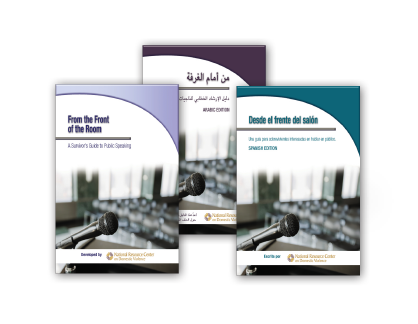
From the Front of the Room: A Survivor's Guide to Public Speaking
Available in English, Spanish & Arabic
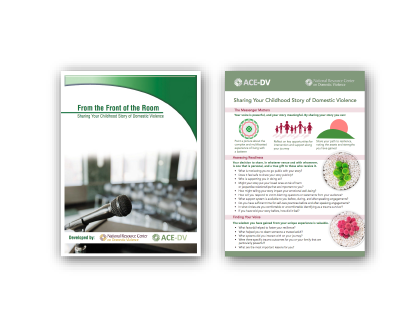
From the Front of the Room: Sharing Your Childhood Story of Domestic Violence
Available in English
Engaging with various media outlets can be challenging at times. The resources and materials provided here are intended to enhance that process by helping advocates be proactive, prepared and knowledgeable.
Before engaging the media, it’s important to define your message and identify two or three brief, clear and compelling talking points to support it. As much as possible, use colorful words and examples, analogies and contemporary references that people can identify with. Tangible numbers speak volumes.
The following resources offer support in framing your message:
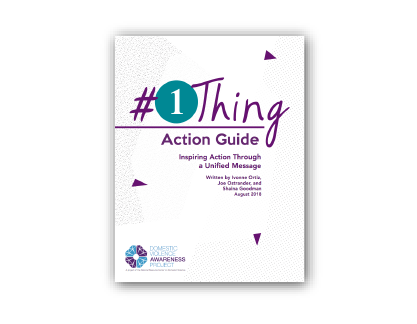
#1Thing Action Guide: Inspiring Action Through a Unified Message includes templates, recommendations, strategies, and tools for incorporating the #1Thing message into your public awareness activities and campaigns during DVAM, and beyond.
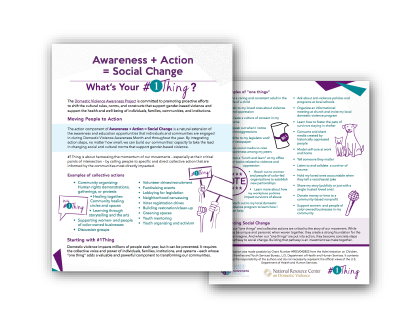
Awareness + Action = Social Change: What’s Your #1Thing? describes the process of moving people to collective action to advance social change, starting with one thing.
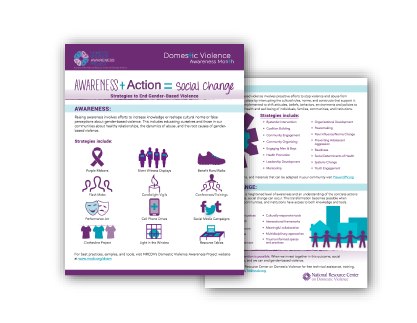
Awareness + Action = Social Change: Strategies to End Domestic Violence speaks to the importance of prevention in the equation to end domestic violence.
3-Legged Stool Talking Points Forms
Helpful fully-cited statistics and talking points in response to key questions related to domestic violence:
-
What do we know about domestic violence within immigrant communities?
-
What are the connections between domestic violence and human trafficking?
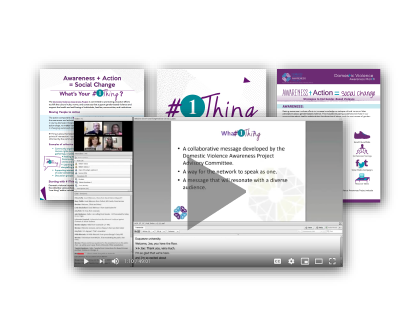
Inspiring Action through a Unified Message: What’s Your #1Thing? (July 2018) – Webinar recording and related materials.
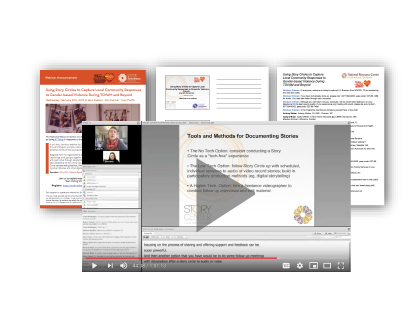
Using Story Circles to Capture Local Community Responses to Domestic Violence During TDVAM and Beyond (February 2019) – Webinar recording and related materials.
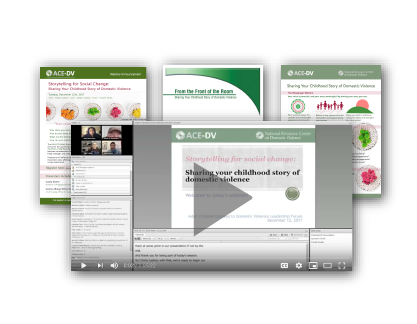
Storytelling for Social Change: Sharing Your Childhood Story of Domestic Violence (December 2017) – Webinar recording and related materials.
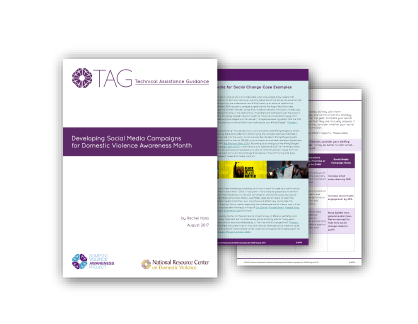
Developing Social Media Campaigns for Domestic Violence Awareness Month (August 2017) – Technical Assistance Guide with related tools and resources.
For additional information or media inquiry, contact:
Communications Manager
Email: communications@nrcdv.org
